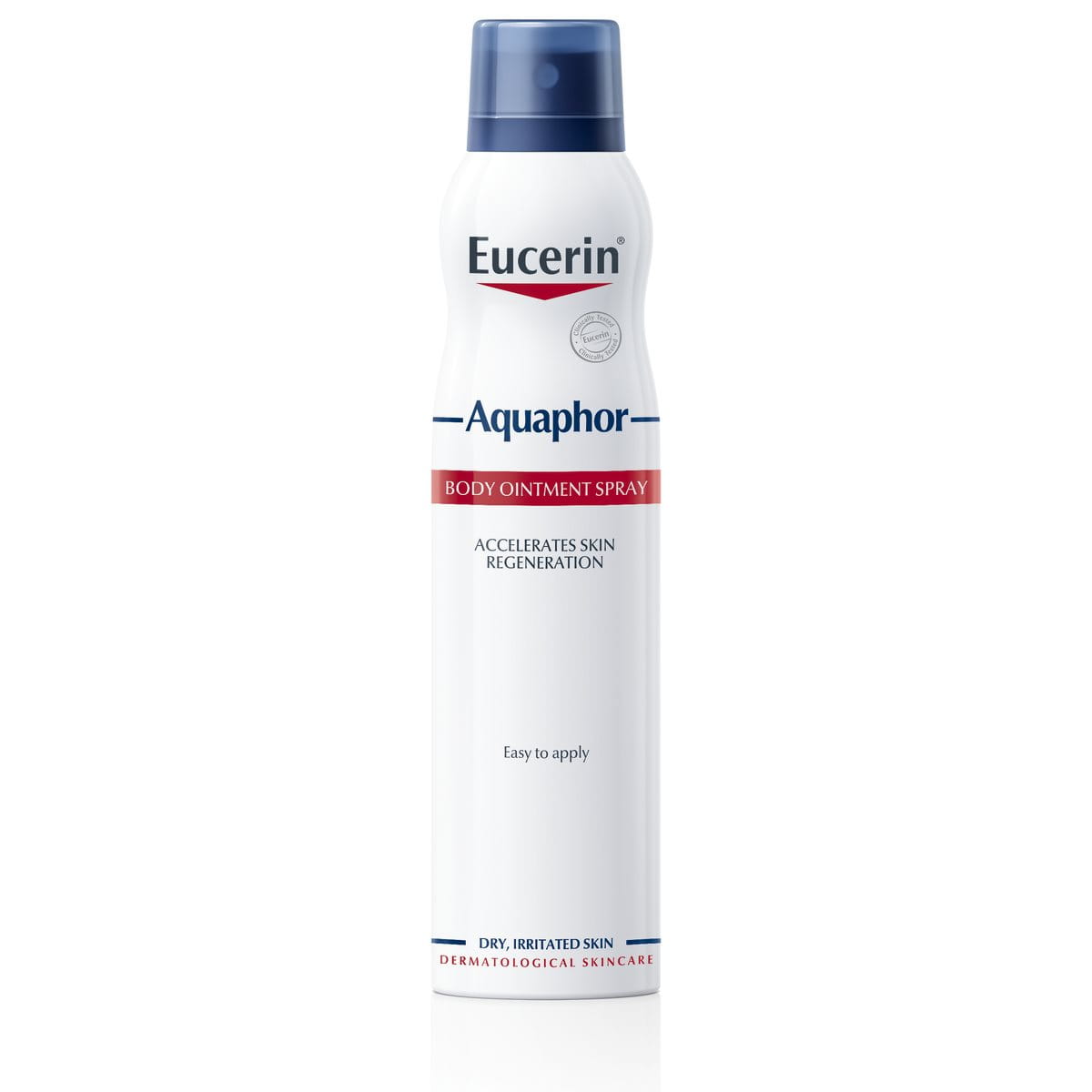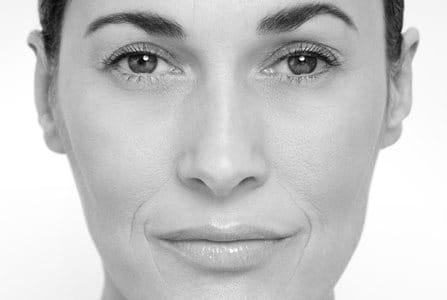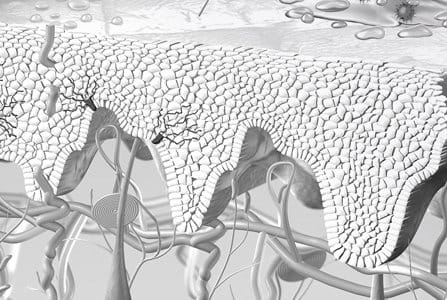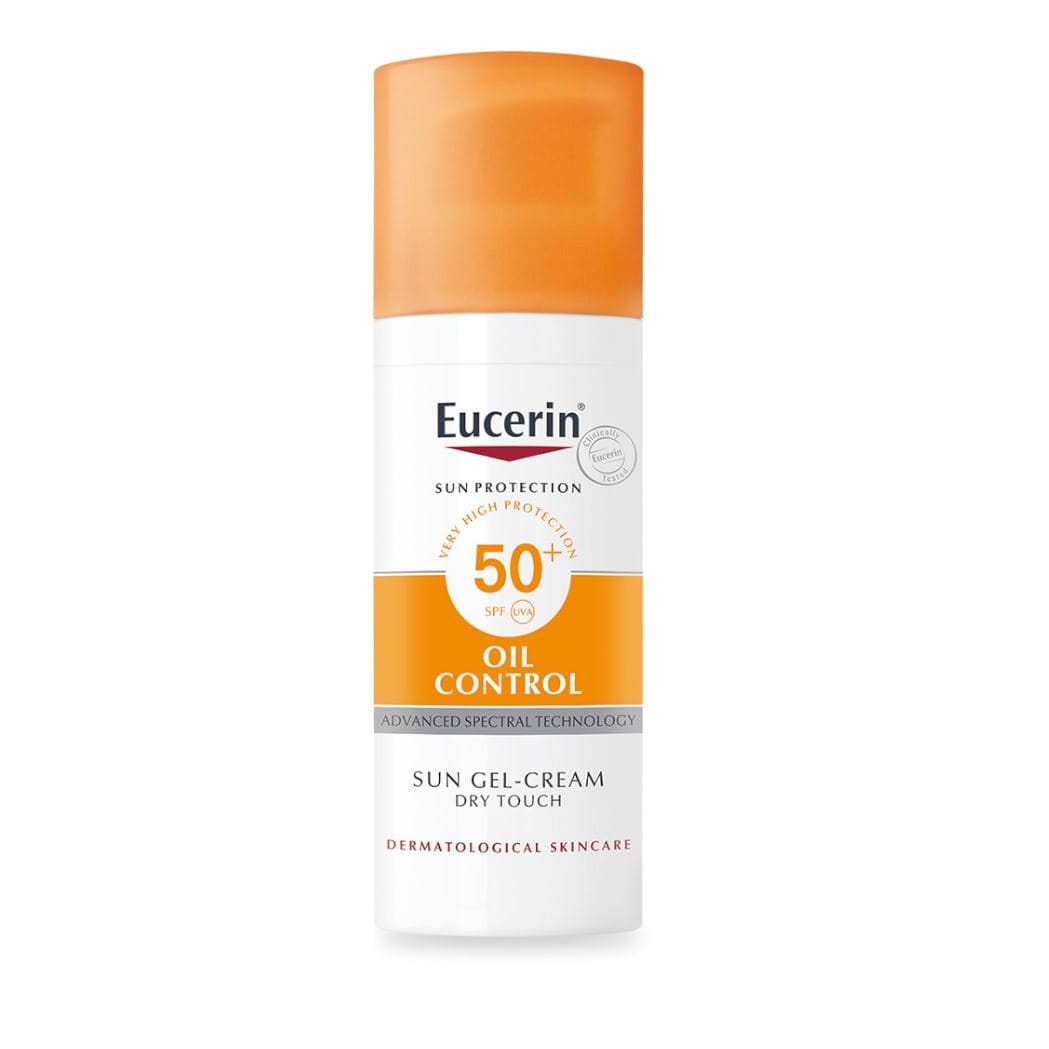High-energy visible (HEVISIS) light is all around us. It’s part of the light we can see. It’s been around for as long as UV rays, but while much has been written about their effect on skin, the molecular and visible effect of HEVISIS light on skin is a more recent discovery. Research proves that HEVISIS light influences skin condition and can cause skin to photoage (age prematurely as a result of sun exposure). In this article we examine the effects HEVISIS light has on skin, put it into context alongside UVA and UVB rays and consider how best to protect skin from photoaging.
What is HEVIS Light?
The sunlight spectrum consists of UV, visible and infrared light. Visible light accounts for 50% of the sunlight spectrum and, as the name suggests, it’s the only part of light that can be detected by the human eye (UV and Infrared light are both invisible).
The blue/violet band of this visible spectrum has a particularly high energy level and is known as high-energy visible light. This is often abbreviated to HEVISIS light, HEVIS Light or HEVISL.
How does HEVISIS light compare to UV rays?
Light is measured in wavelengths, the units of which are nanometers (nm) and millimetres (mm). Visible light has a wavelength range in the region of 400 to 760nm, with HEVIS light falling somewhere between the 400-500nm mark. UV light has a shorter wavelength (of between 290 and 400nm) though UVA has longer wavelengths than UVB.
The vast majority of skin damage caused by the sun comes from UV rays and protecting skin from UV should remain the priority when caring for skin in the sun.
HEVISIS light and UV rays effect skin differently
While UVB rays penetrate the outermost layers of skin (the epidermis), HEVISIS light, like UVA rays, penetrates into the lower layers of skin (the dermis):
- UVB rays are responsible for sunburn. HEVISIS light has not been associated with sunburn.
- UVB rays have been linked to DNA damage which can cause skin cancer.
- Both UVA rays and HEVISIS light can cause skin to age prematurely (photoage)
- UVA rays are the primary cause of sun allergies. UVB rays can also cause sun allergies, but to a lesser extent.
- UVA, UVB and HEVISIS light can induce hyperpigmentation and contribute to conditions such as sun spots (also known as age spots), melasma and post-inflammatory hyperpigmentation.
You can read more about the difference between UVA and UVB rays in ‘How do the sun’s UVA, UVB and HEVISIS light rays affect skin?’
HEVISIS light and premature skin aging
Like UVA rays, HEVISIS light generates free radicals (also known as ROS – Reactive Oxygen Species). These free radicals cause skin cells to produce enzymes that break down the collagen and elastin that give skin its plump, youthful appearance. This process is often called oxidative stress and it’s what causes skin to photoage (age prematurely as a result of sun exposure). Aging is, of course, an entirely natural process, but when skin ages prematurely it may start to sag and develop deep wrinkles before its time.
HEVISIS light and hyperpigmentation
Alongside UVA and UVB, HEVISIS light can induce uneven skin pigmentation (often referred to as hyperpigmentation) and conditions such as sun spots (also known as age spots), melasma and post-inflammatory hyperpigmentation















